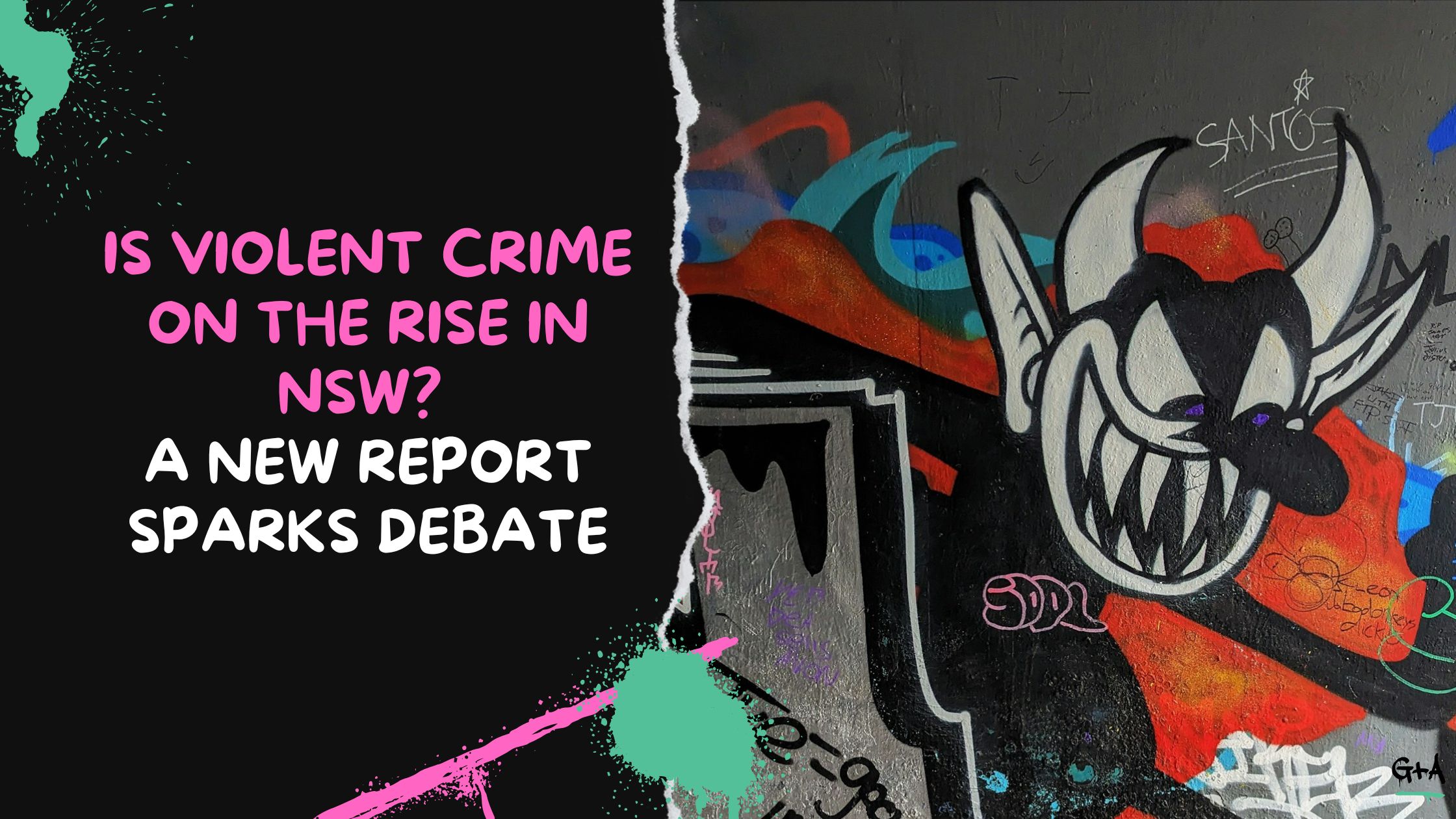For decades, violent crime in New South Wales had been steadily declining, reflecting broader national and global trends. But a new report suggests that this trend may be reversing, with a rise in violent offenses such as assaults, robberies, and domestic violence-related incidents.
The findings have reignited discussions on crime prevention, policing strategies, and whether social and economic factors are contributing to the uptick. But is this increase a sign of a long-term shift, or just a temporary fluctuation?
What the Report Reveals
The report, released by the NSW Bureau of Crime Statistics and Research (BOCSAR), indicates a rise in certain categories of violent crime, including domestic assaults, grievous bodily harm, and robberies. While the overall crime rate remains lower than historical highs, the increase has raised concerns among policymakers, law enforcement, and the public.
One of the most concerning aspects of the report is the noted increase in violent offenses committed by younger individuals. Youth crime, which had been declining for years, appears to be creeping upward, leading to renewed calls for interventions targeting at-risk communities.
What’s Behind the Increase?
There are multiple theories about what’s driving the apparent rise in violent offending. Some experts suggest that social and economic pressures, particularly following the COVID-19 pandemic, may have contributed to increased stress, financial hardship, and mental health struggles—factors known to be linked to crime rates.
Other theories focus on changes in policing strategies and the justice system. Some argue that a reduction in proactive policing efforts, along with reforms aimed at reducing incarceration rates, may have unintentionally contributed to increased reoffending. Others point to the growing use of social media in fueling violent conflicts, particularly among young people.
Domestic violence-related offenses have also seen an increase, prompting concerns that the social and economic fallout from the pandemic has exacerbated tensions in households. Many advocacy groups are calling for greater investment in support services rather than purely punitive measures.
The Political Response
The NSW government has acknowledged the report’s findings and has pledged to review crime prevention strategies. Law-and-order advocates are calling for tougher penalties and increased police presence, while social justice groups argue that the solution lies in addressing the root causes of crime, such as poverty, unemployment, and lack of access to mental health services.
Some political figures have used the report to push for harsher sentencing laws, arguing that a tougher stance on crime will serve as a deterrent. However, criminologists caution against knee-jerk policy responses, pointing out that crime trends often fluctuate due to a variety of factors that aren’t always addressed through increased policing or incarceration.
Are We Seeing a Long-Term Shift?
Despite the concerns raised by the report, some experts warn against assuming that the increase signals a permanent trend. Crime rates are influenced by a wide range of social, economic, and policy-related factors, and short-term spikes do not always indicate a long-term reversal of previous progress.
Additionally, improved reporting mechanisms and increased public awareness of crimes like domestic violence may be contributing to the rise in recorded offenses rather than an actual increase in incidents.
Final Thoughts
The rise in violent offenses in NSW has sparked fresh debate about crime prevention, policing, and social policy. While the report suggests a concerning shift, the reasons behind it remain complex and require careful analysis.
As the government considers its next steps, the challenge will be to balance effective crime prevention with policies that address the underlying factors driving offending. Whether this increase is a temporary fluctuation or the beginning of a broader trend remains to be seen, but one thing is certain—the conversation around crime and justice in NSW is far from over.




